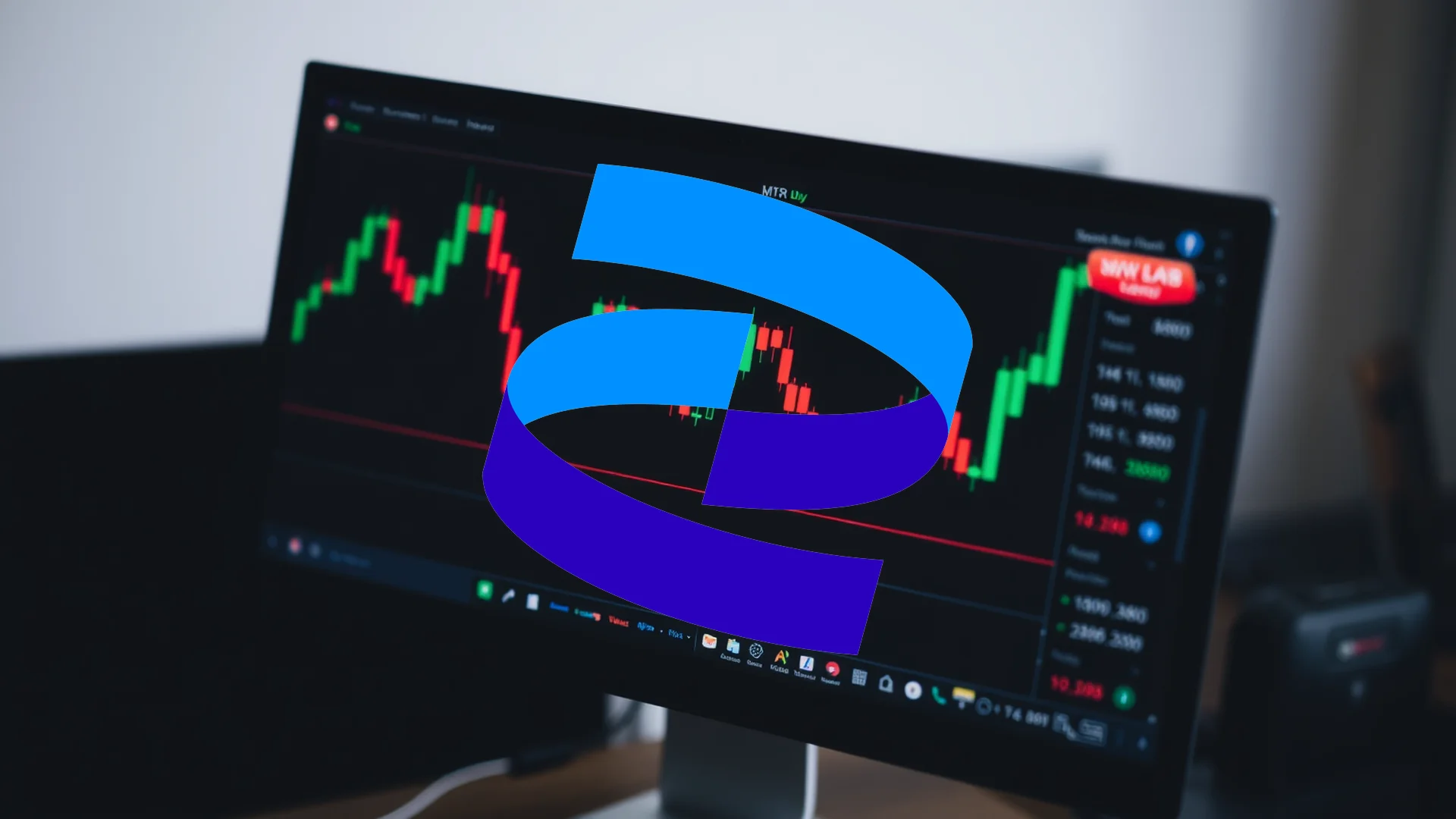While numerous real estate investment trusts struggle with elevated interest rates, Gladstone Land Corporation is pursuing a bold and potentially lucrative maneuver. The company is selling agricultural properties at premium values while simultaneously overhauling its leasing structures—a dual approach that may boost long-term revenue but has already exposed significant short-term weaknesses in its financial performance. The agricultural specialist appears to be navigating a pivotal transition, balancing opportunity against considerable risk.
Quarterly Results Deliver a Jolt to Investors
Recent earnings data presented a sobering picture for stakeholders. The company reported a net loss of $13.9 million and posted negative Adjusted Funds From Operations of $3.4 million, highlighting the immediate costs of its strategic shift. A steep 42.3% decline in operating revenue was primarily driven by a $6.8 million reduction in fixed rental income.
This drop is directly linked to a fundamental change in lease agreements across six of its properties in the western United States. Gladstone Land is moving away from guaranteed base rents toward a model based on revenue participation. This transition ties a significant portion of its income to the final quarter of the year, making the company more susceptible to harvest yields and volatile global commodity prices.
Strategic Asset Sales Generate Premiums
Despite the earnings pressure, Gladstone Land is demonstrating how to unlock capital in a challenging market. The recent sale of a Florida-based project comprising two farms fetched $21.5 million—a substantial 36% premium over the acquisition price paid a decade ago. This “asset recycling” strategy is engineered to realize immediate gains.
However, this approach is also shrinking the company’s portfolio. Its holdings have decreased from 168 farms to 150, with total acreage under management declining by 7.9%.
Should investors sell immediately? Or is it worth buying Gladstone Land?
Dividend Sustainability in Question
In spite of these financial headwinds, Gladstone Land has maintained its dividend distribution. The monthly payout of $0.0467 per share remains unchanged for now. Market observers are questioning the long-term viability of this distribution in light of the recent weak quarterly figures.
Amid the revenue contraction, the company has made several strategic financial moves. In a savvy acquisition, it secured additional water rights totaling 1,530 acre-feet in California for just $583,000—a price significantly below current market rates. Furthermore, Gladstone Land has effectively converted nearly all of its variable-rate debt into fixed-rate loans, locking in an average interest rate of just 3.39%.
Weathering the Storm of Agricultural Volatility
The new strategic direction effectively transforms Gladstone Land from a passive landlord into an active participant in agricultural production, embracing both the potential rewards and inherent risks. Rising prices for permanent crops like almonds could significantly boost its participation rents, while poor harvests or a collapse in commodity prices would directly impair revenue.
The market has responded cautiously to this shift. Gladstone Land’s shares are trading in a pronounced downward trend, having lost more than 40% of their value since the annual peak. The ultimate success of this strategic realignment will face its most critical test in the fourth quarter, when the performance-based rental payments from its new lease structures come due.
Ad
Gladstone Land Stock: Buy or Sell?! New Gladstone Land Analysis from November 28 delivers the answer:
The latest Gladstone Land figures speak for themselves: Urgent action needed for Gladstone Land investors. Is it worth buying or should you sell? Find out what to do now in the current free analysis from November 28.
Gladstone Land: Buy or sell? Read more here...













